Step-wise Python Implementation of Gradient Boosting
Gradient Boosting is a powerful ensemble learning technique that builds models sequentially, correcting the errors of previous models. It is widely used for both classification and regression tasks.
Step 1: Import Required Libraries
First, we need to import essential Python libraries.
import numpy as np
import pandas as pd
import matplotlib.pyplot as plt
import seaborn as sns
from sklearn.model_selection import train_test_split
from sklearn.ensemble import GradientBoostingClassifier, GradientBoostingRegressor
from sklearn.metrics import accuracy_score, confusion_matrix, classification_report, mean_squared_error
Step 2: Load and Explore the Dataset
We will use the Iris dataset for classification.
from sklearn.datasets import load_iris
# Load dataset
iris = load_iris()
df = pd.DataFrame(iris.data, columns=iris.feature_names)
df['target'] = iris.target
# Display first 5 rows
print(df.head())
sepal length (cm) sepal width (cm) petal length (cm) petal width (cm) \
0 5.1 3.5 1.4 0.2
1 4.9 3.0 1.4 0.2
2 4.7 3.2 1.3 0.2
3 4.6 3.1 1.5 0.2
4 5.0 3.6 1.4 0.2
target
0 0
1 0
2 0
3 0
4 0 Step 3: Split Data into Training and Testing Sets
We split the dataset into training (80%) and testing (20%) sets.
# Define features and target
X = df.drop(columns=['target'])
y = df['target']
# Split dataset
X_train, X_test, y_train, y_test = train_test_split(X, y, test_size=0.2, random_state=42)
Step 4: Initialize and Train the Gradient Boosting Model
We use GradientBoostingClassifier for classification.
# Create Gradient Boosting Classifier
gb_model = GradientBoostingClassifier(n_estimators=100, learning_rate=0.1, random_state=42)
# Train the model
gb_model.fit(X_train, y_train)
Step 5: Make Predictions
Now, we use the trained model to make predictions on test data.
# Predict on test data
y_pred = gb_model.predict(X_test)
Step 6: Evaluate Model Performance
We evaluate the model using accuracy score, confusion matrix, and classification report.
# Accuracy Score
accuracy = accuracy_score(y_test, y_pred)
print(f'Accuracy: {accuracy:.2f}')
# Confusion Matrix
conf_matrix = confusion_matrix(y_test, y_pred)
print("Confusion Matrix:\n", conf_matrix)
# Classification Report
print("Classification Report:\n", classification_report(y_test, y_pred))
Accuracy: 1.00
Confusion Matrix:
[[10 0 0]
[ 0 9 0]
[ 0 0 11]]
Classification Report:
precision recall f1-score support
0 1.00 1.00 1.00 10
1 1.00 1.00 1.00 9
2 1.00 1.00 1.00 11
accuracy 1.00 30
macro avg 1.00 1.00 1.00 30
weighted avg 1.00 1.00 1.00 30
Step 7: Feature Importance
Gradient Boosting allows us to analyze feature importance.
# Plot feature importance
feature_importances = pd.Series(gb_model.feature_importances_, index=X.columns)
feature_importances.sort_values(ascending=True).plot(kind='barh', color='blue')
plt.xlabel('Feature Importance Score')
plt.ylabel('Features')
plt.title('Feature Importance in Gradient Boosting')
plt.show()
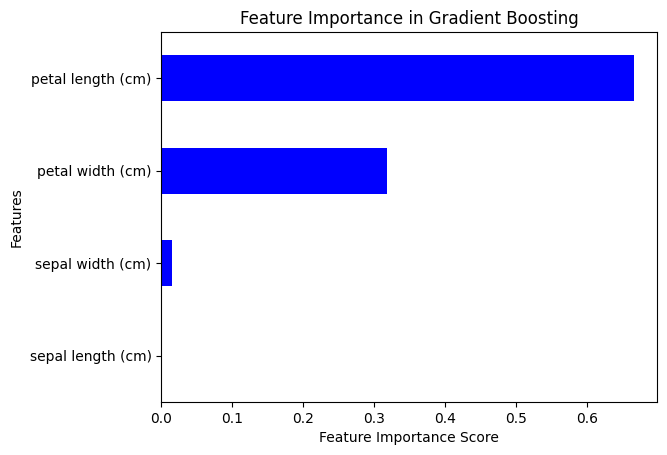
Hyperparameter Tuning in Gradient Boosting
We can fine-tune Gradient Boosting using GridSearchCV.
from sklearn.model_selection import GridSearchCV
# Define parameter grid
param_grid = {
'n_estimators': [50, 100, 150],
'learning_rate': [0.01, 0.1, 0.2],
'max_depth': [3, 5, 7]
}
# Initialize GridSearchCV
grid_search = GridSearchCV(GradientBoostingClassifier(random_state=42), param_grid, cv=5, n_jobs=-1)
grid_search.fit(X_train, y_train)
# Best parameters
print("Best Parameters:", grid_search.best_params_)
# Evaluate best model
best_gb = grid_search.best_estimator_
y_pred_best = best_gb.predict(X_test)
print("Best Model Accuracy:", accuracy_score(y_test, y_pred_best))
Key Takeaways
- Gradient Boosting builds models sequentially, correcting previous errors.
- Works well for classification (Iris dataset) and regression tasks.
- Uses weak learners (decision trees) and boosts their performance.
- Feature Importance helps identify key variables.
- Hyperparameter Tuning improves accuracy with GridSearchCV.
- Achieved 100% accuracy on the Iris dataset (small dataset, may overfit).
Next Blog- Python Implementation of Gradient Boosting for Regression
.png)
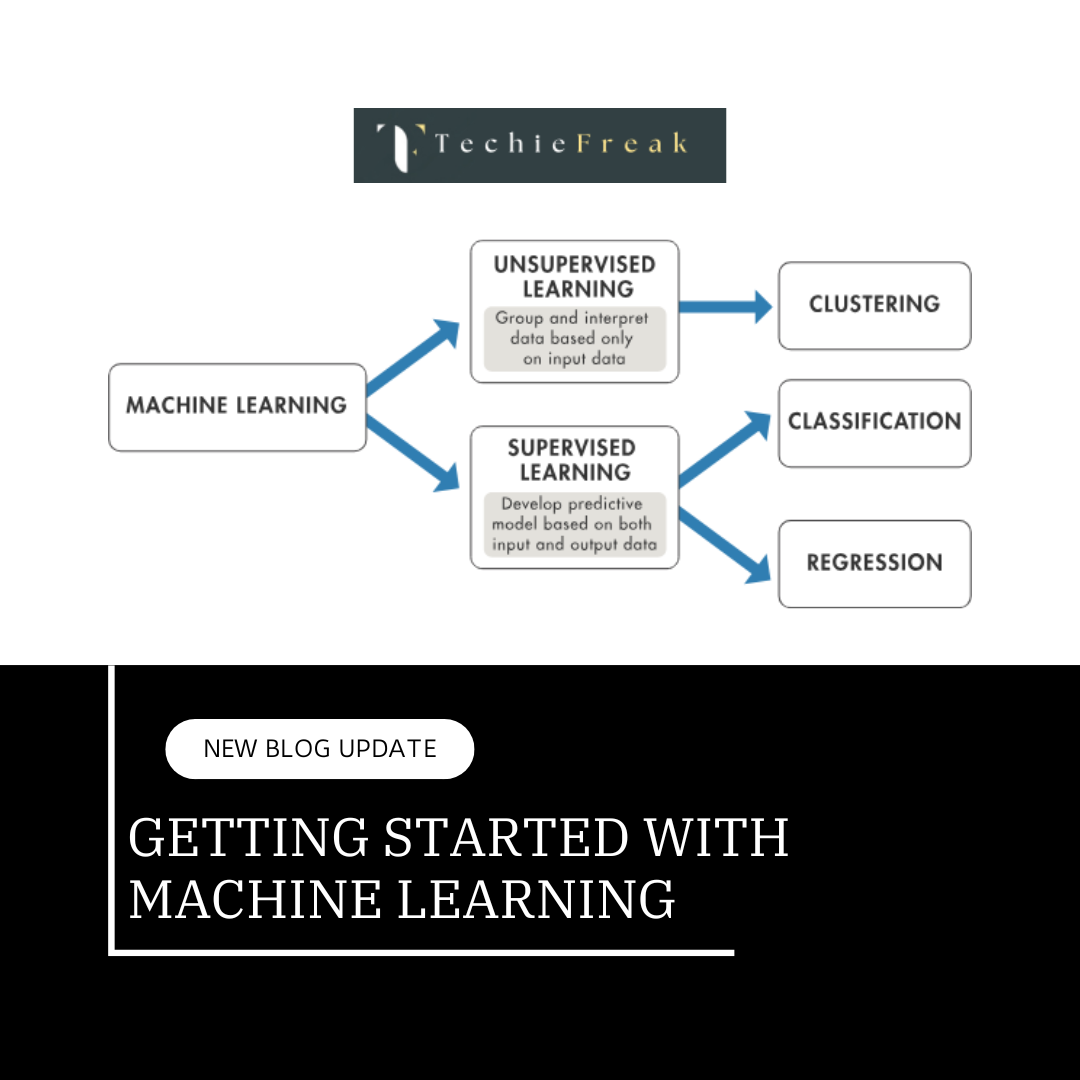
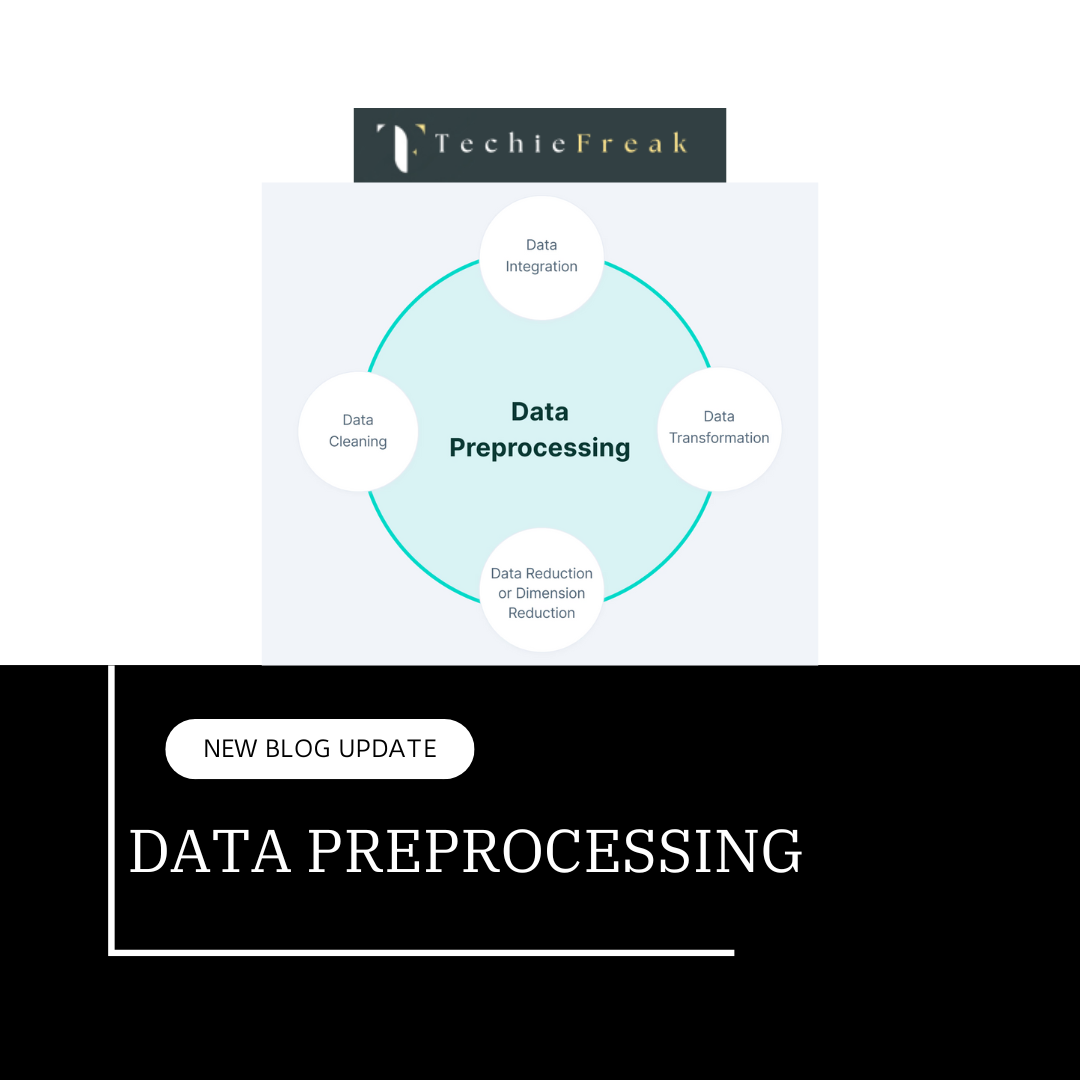
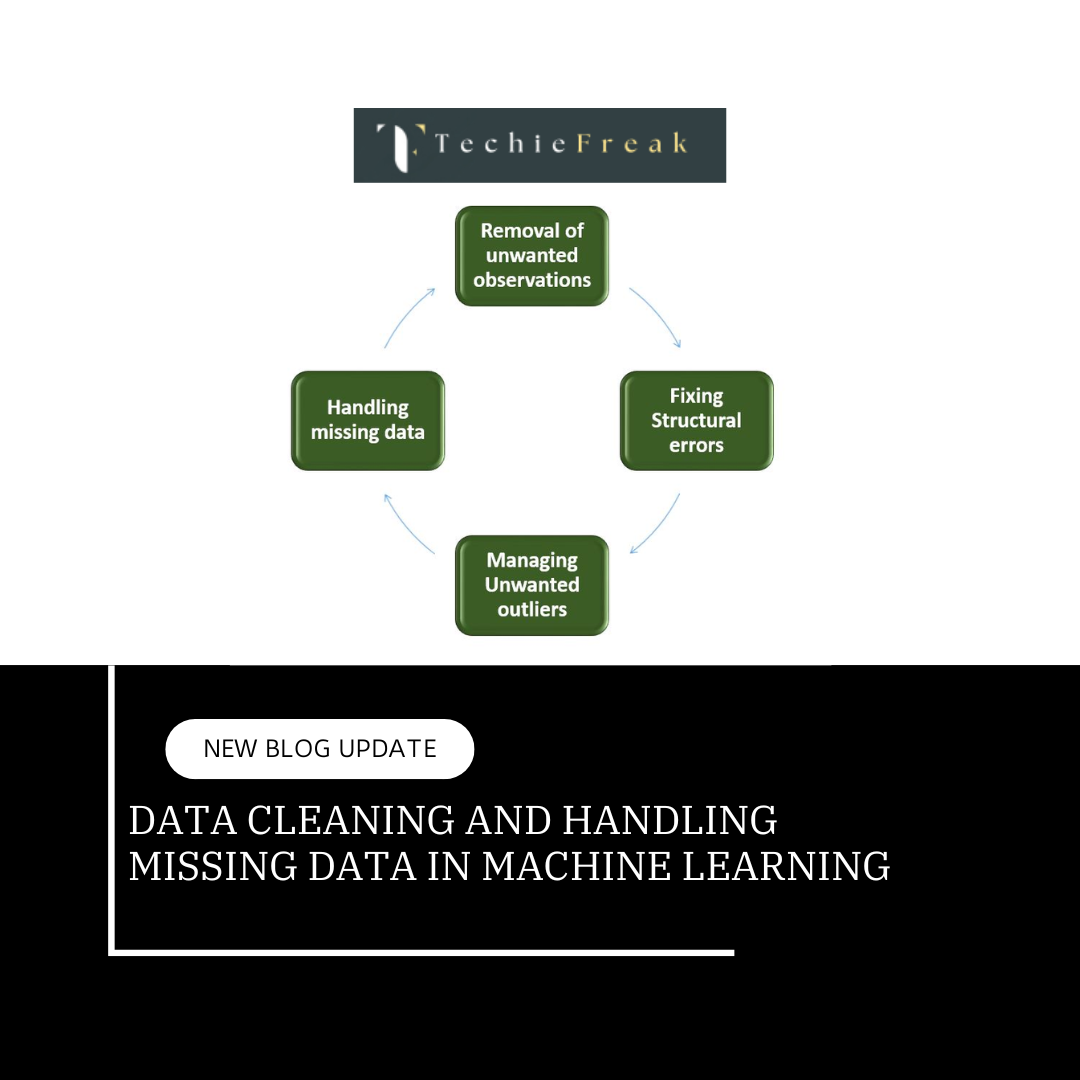
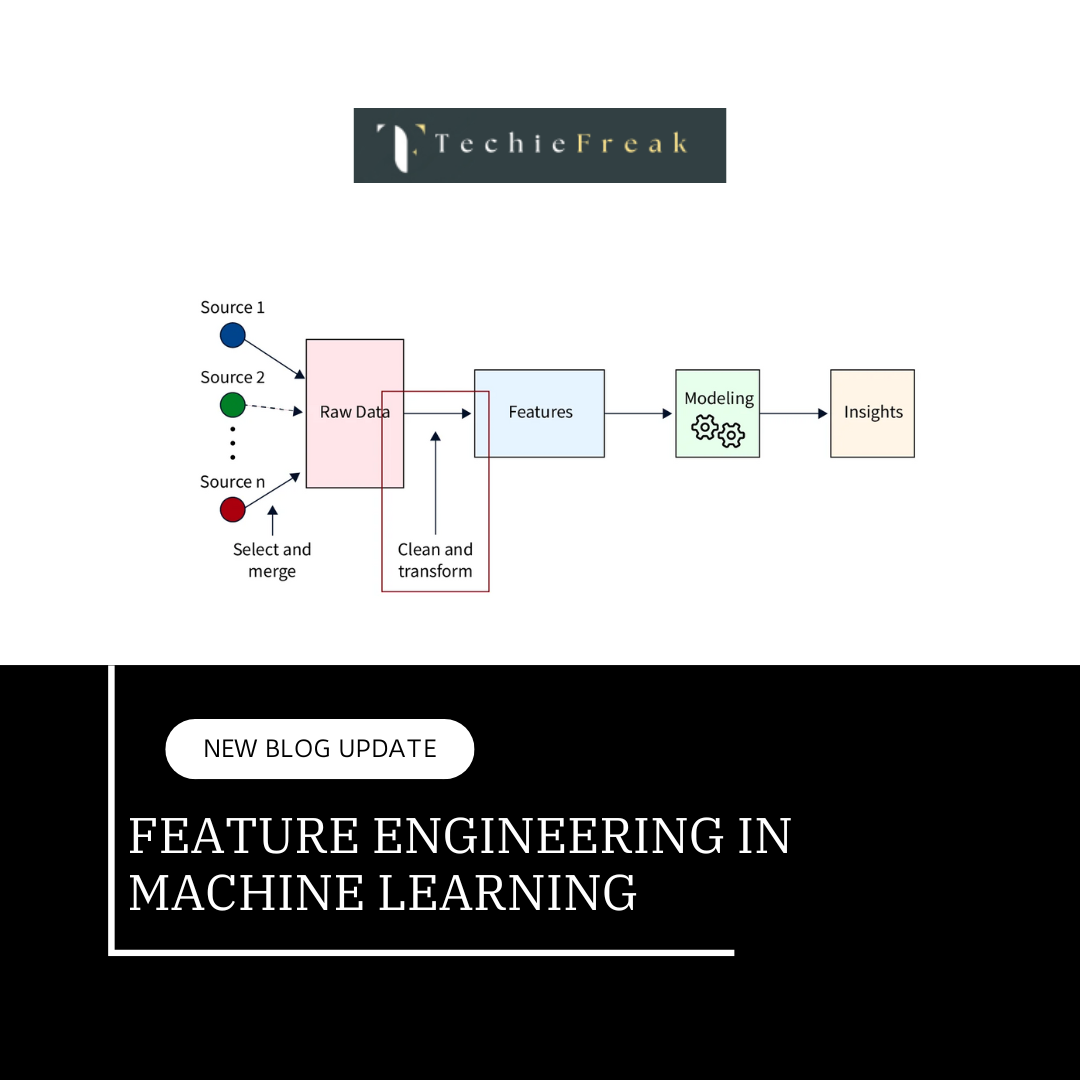
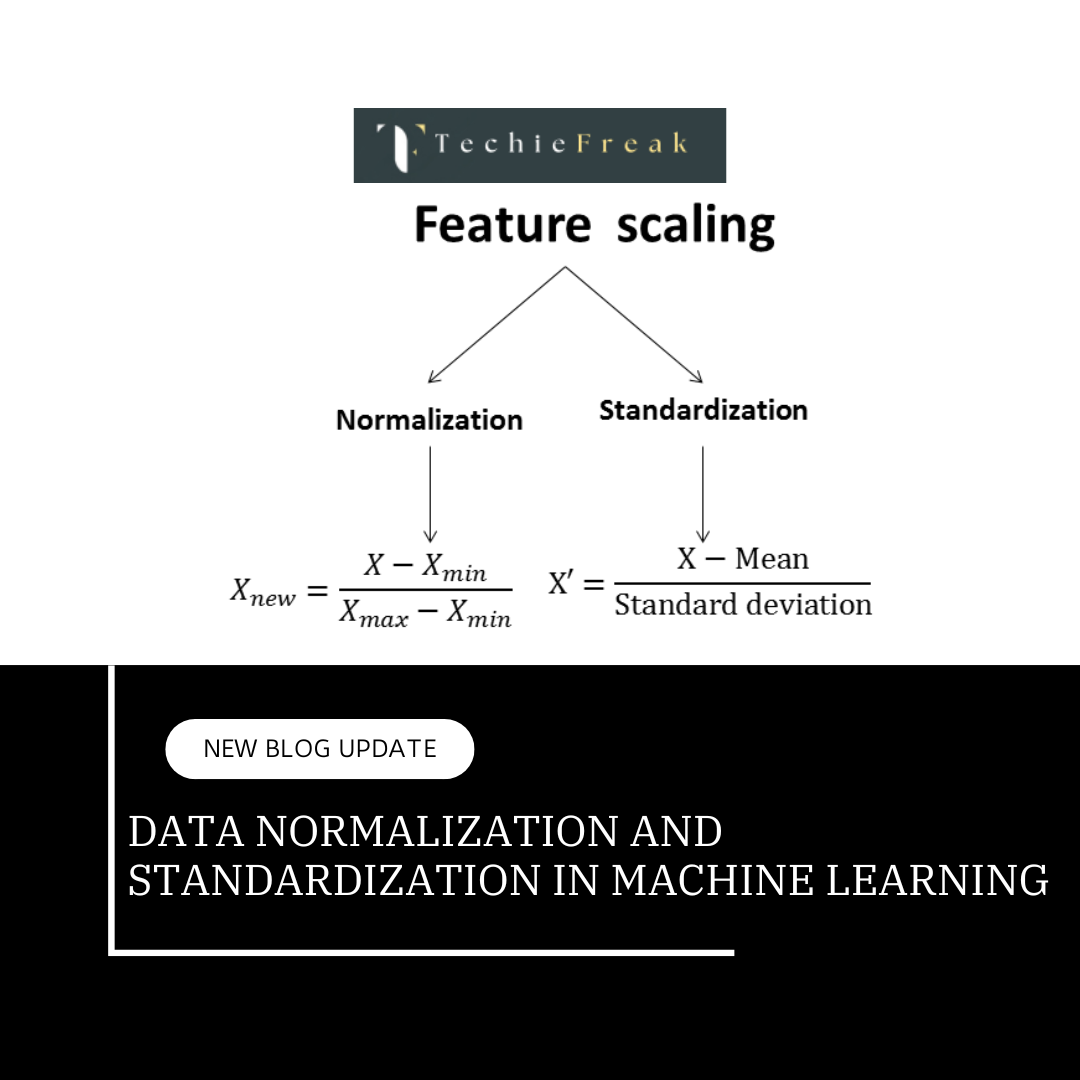
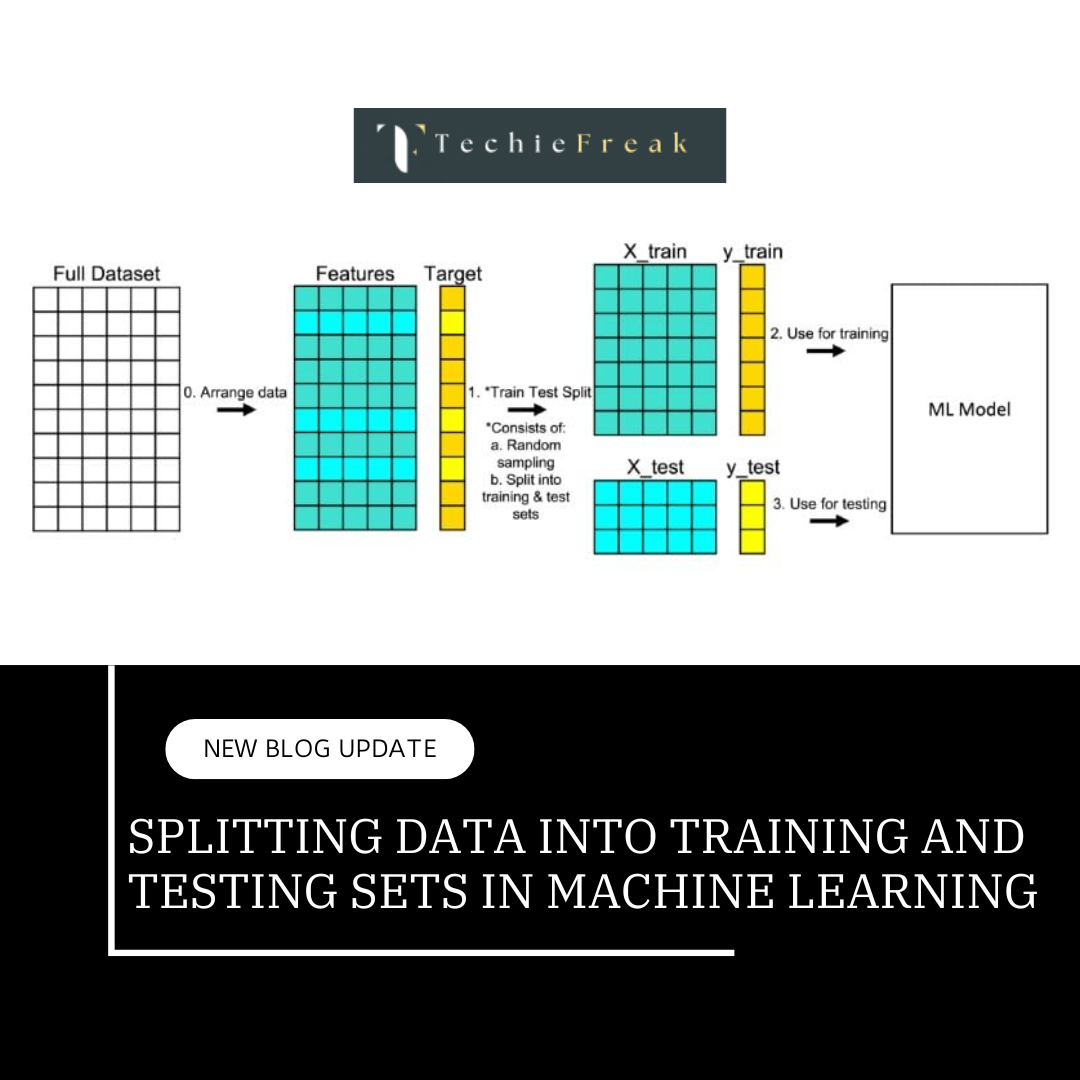
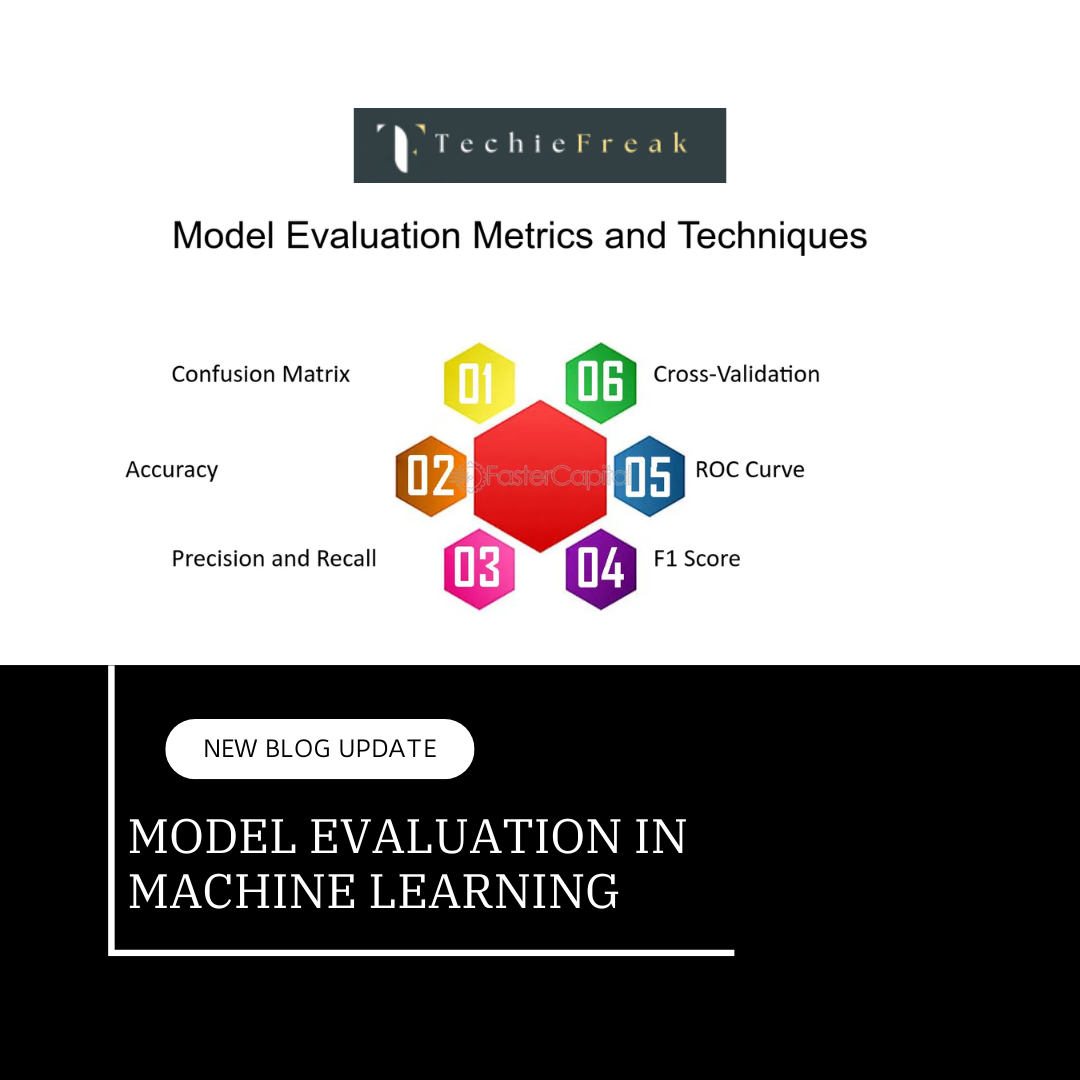
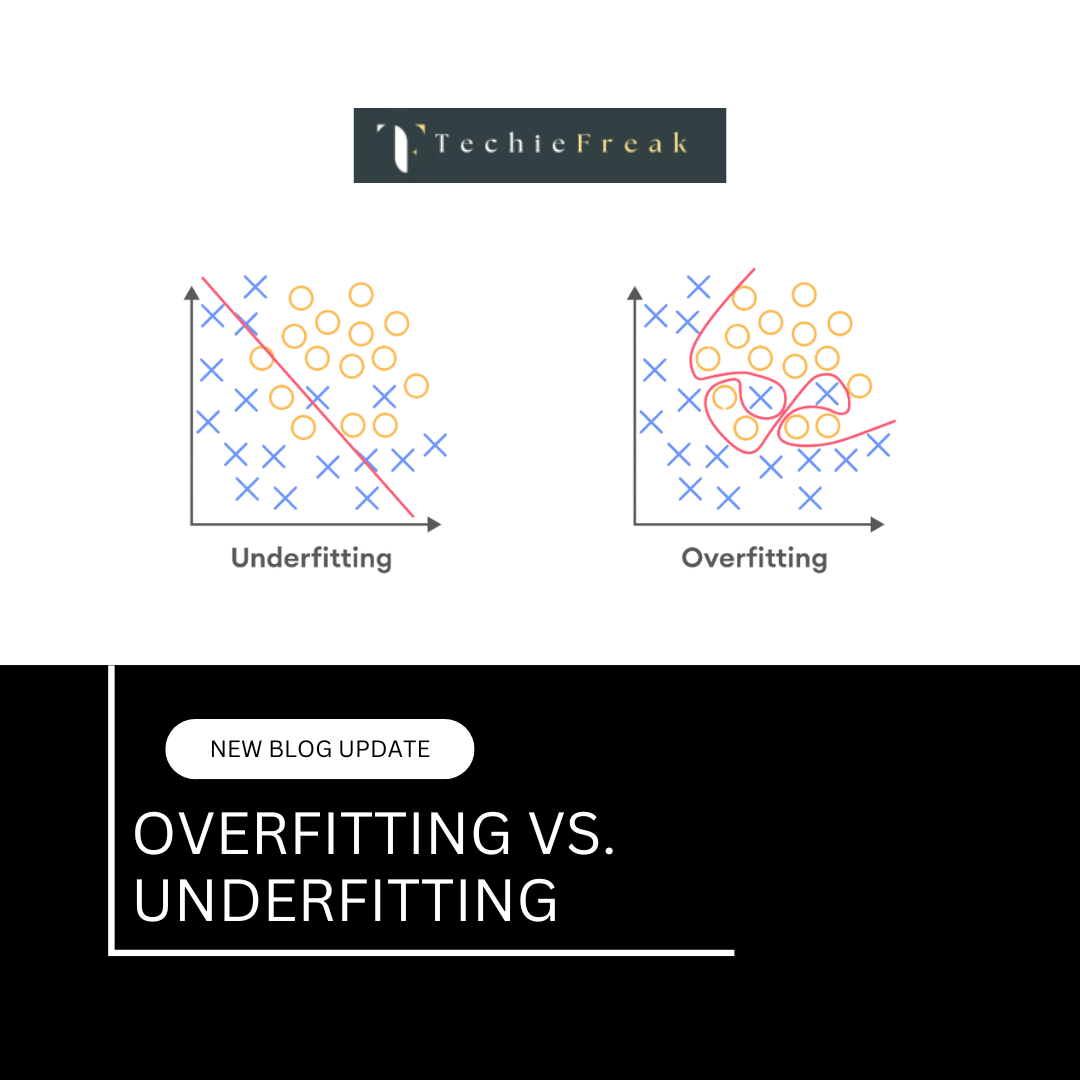

.png)
.png)
.png)
.png)
.png)
.png)
.png)
.png)
.png)
.png)
.png)
.png)
.png)
.png)
.png)
.png)
.png)
.png)
.png)
